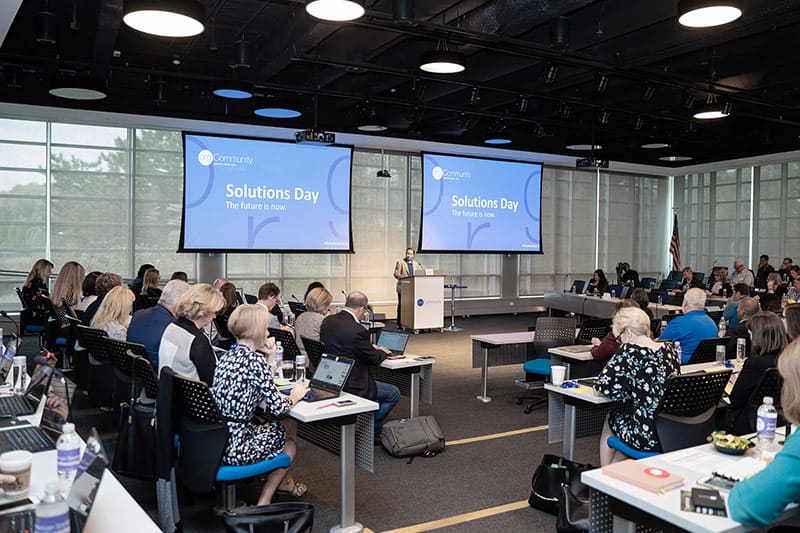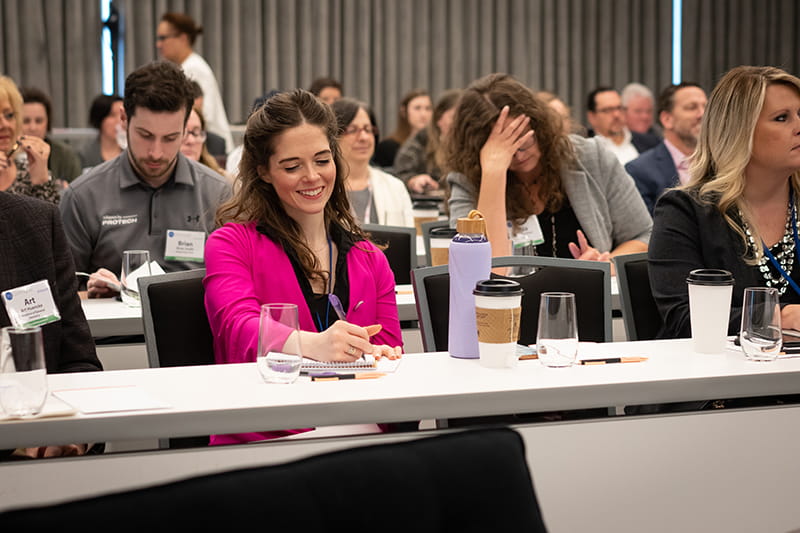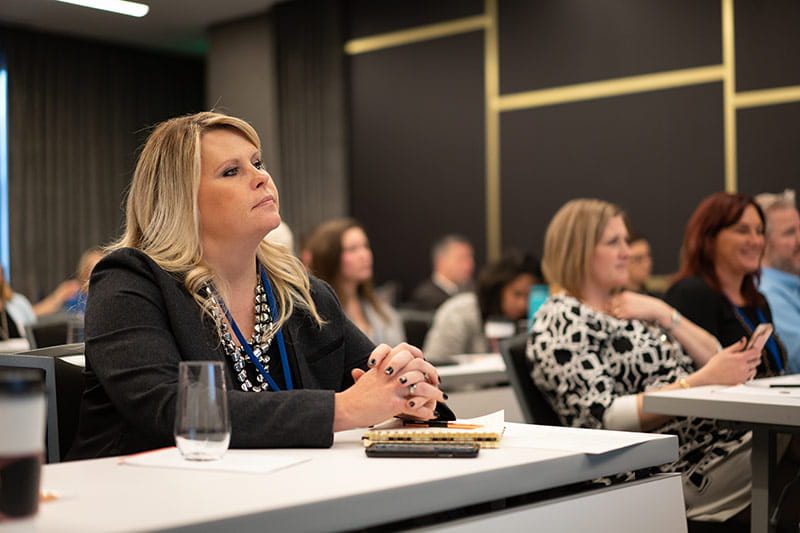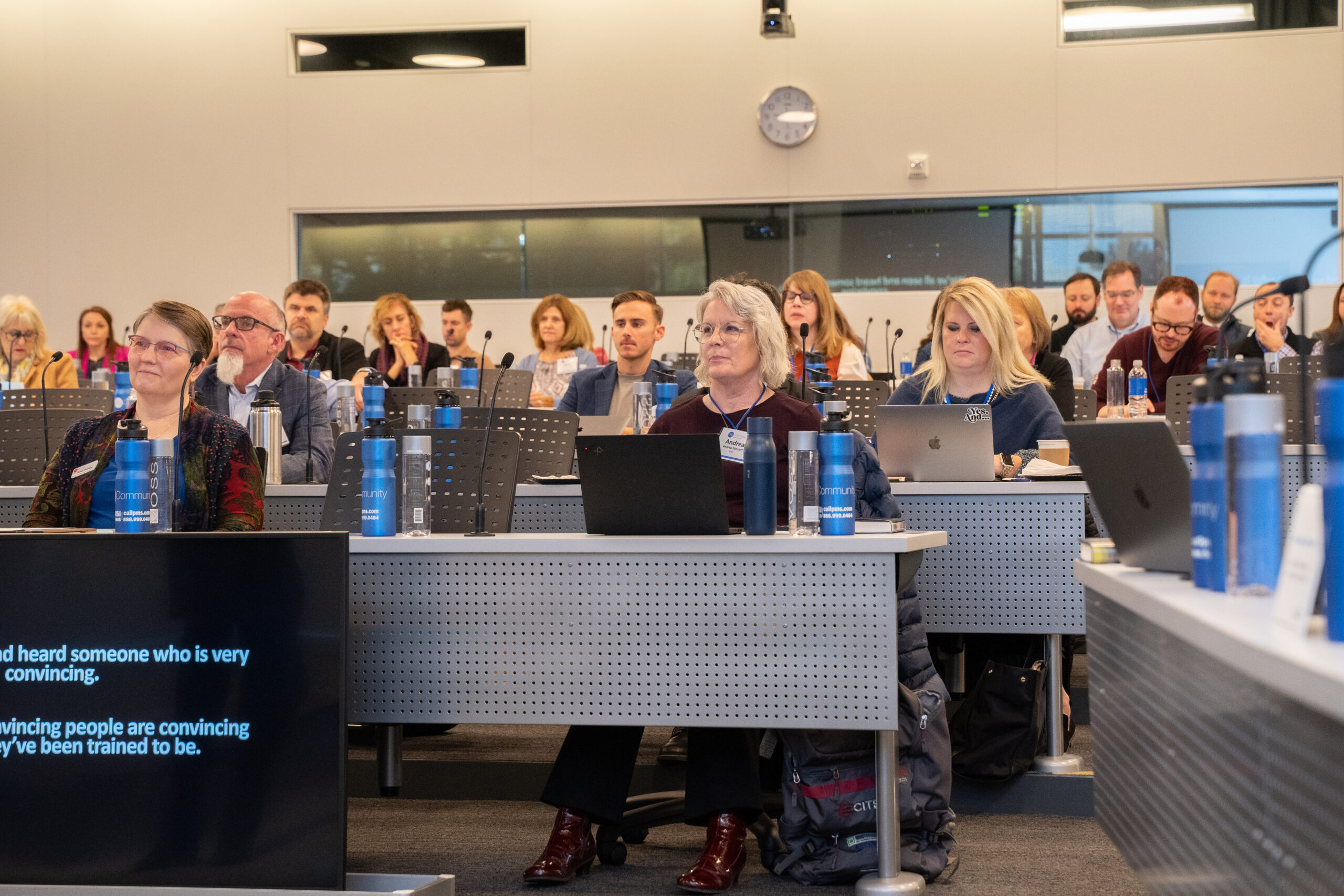
Before business disruptors like Uber, Netflix, and Airbnb made us start changing habits as casually as we update our wardrobes, the future seemed distant but knowable. The exponential growth of technology erased that familiarity. Identifying the tools and skills you’ll need to keep your organization strong can seem like cracking a code invented by some nefarious hacker.
That’s why I love .orgCommunity’s Solutions Day. The presenters always help me put one foot in front of tomorrow. This year’s event, which took place on November 2 at the American Society of Anesthesiologists in Schaumburg, was no exception.
The day was a masterclass for over 150 in-person and virtual attendees. Experts from across the community shared their insights on strategies for success in fast-paced digital markets. I’m excited to summarize my aha moments for those of you who weren’t able to attend.
Instead of condensing the full day into one post, I’m going to split my summary into two parts. This first installment features our awesome headliners. Next week, I’ll share advice from the Quick Takes presentations. These 20-minute snapshots teamed association leaders with their corporate partners to describe how they solved a challenge together.
Expect Seismic Shifts
Over half the audience was new to Solutions Day. So, to launch the learning, I offered some context.
The 4th Industrial Revolution, or the explosion of technology we are currently experiencing, will rock our professional and personal boats in almost unimaginable ways.
My personal journey of discovery began with a job selling batteries for the first hand-held cell phone. Web development, Y2K, and digital transformation are a few of many stops along the way. It’s hard to believe that today our phones can actually create conversations—albeit not always with the best result. My business partner, Kevin Ordonez, has equally deep digital roots.
.orgCommunity was our response to this rapidly changing landscape. Association leaders were coming to us asking about everything from software strategy to data governance. We wanted to create a space to foster discussion, mentoring, and knowledge exchange.
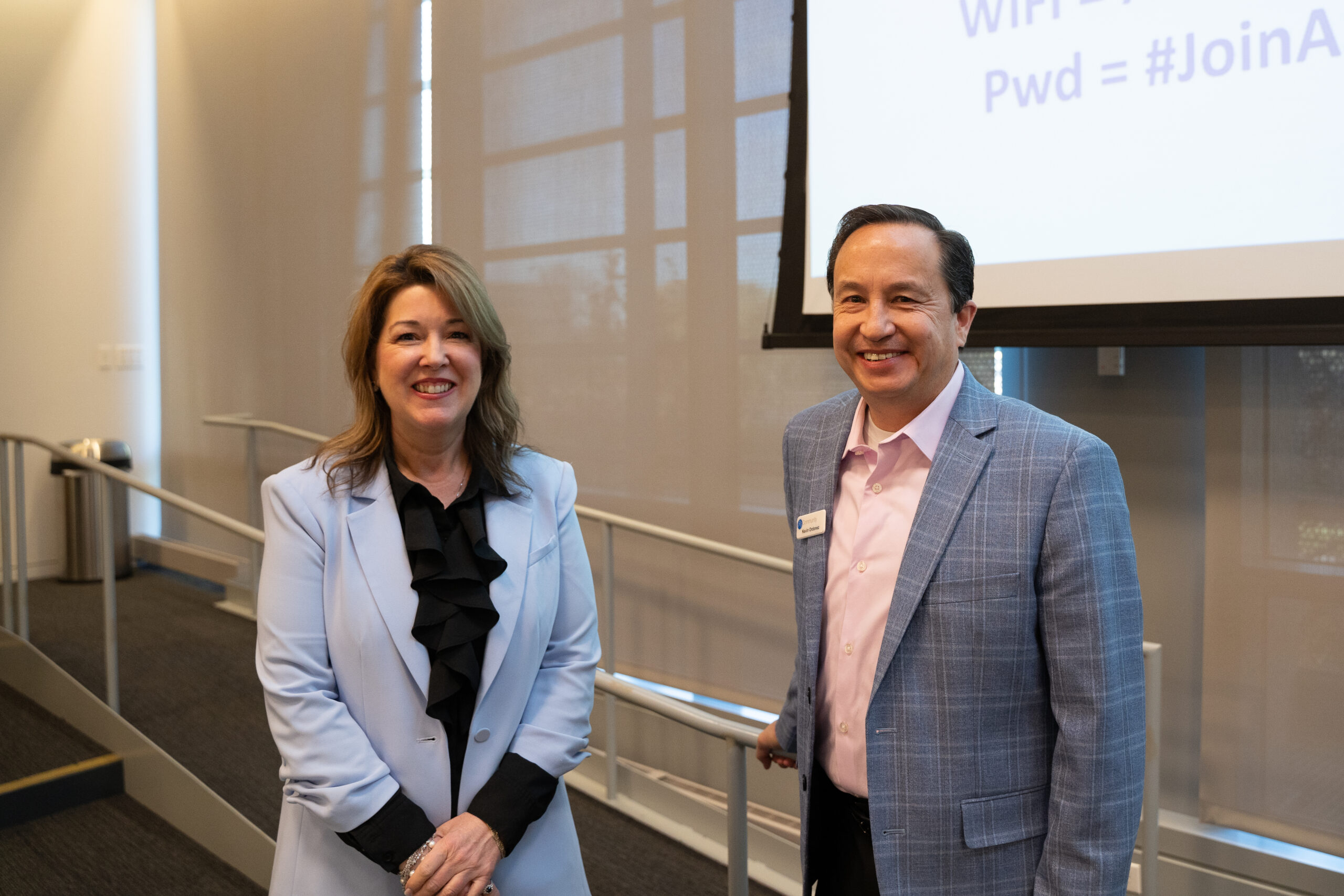
Solutions Day was inaugurated eight years ago. As the pace of innovation escalates, we are more committed than ever to shining a light on the future through our books, podcasts, events, and an entire online resource library.
If you’re skeptical about the urgency of change, consider this. In 2020, a new patent was registered every 20 seconds. AI, blockchain, and the Internet of Things present incredible opportunities. To reap the wealth and resist the disruption, associations must evolve.
Adapting to the digital world requires agility, vision, and a proactive approach. We must meet the 4th Industrial Revolution with Association. 4.0 leadership.
Our strength lies in the willingness to pivot and grow based on the evolving needs of members and the broader community. That orientation begins with viewing technology as the foundation of both business practices and strategy.
Collaborating and sharing discoveries will be critical. A culture of continuous learning guarantees that members, leaders, and staff are equipped with the latest knowledge and skills.
If there was only one reason to join .orgCommunity or attend Solutions Day, it would be to inspire that curiosity and growth in your own career and throughout your organization.
Get to Yes
Putting innovation on the agenda should be part of every group’s approach to a digital strategy. But, without buy-in from important stakeholders, great initiatives never see the light of day.
Who better to teach you how to twist arms with a velvet glove than a former FBI hostage negotiator and a PR wizard who counts name brands like Lockheed, Dupont, and Verizon among her clients? Professional persuaders and Convincing Company principals, Adele Gambardella and Chip Massey revealed their secrets for getting to yes.
“This Halloween I took my kids trick or treating,” Adele said. “After their bags were full, I watched, impressed, as they bartered with each other to create the perfect assortment of candy. A 2020 study found that by age six children have already developed the skill to perceive supply and demand as well as inherent value. It’s good news that humans learn to negotiate early. The bad news is that most of us don’t grow our skills beyond the candy trading stage.”
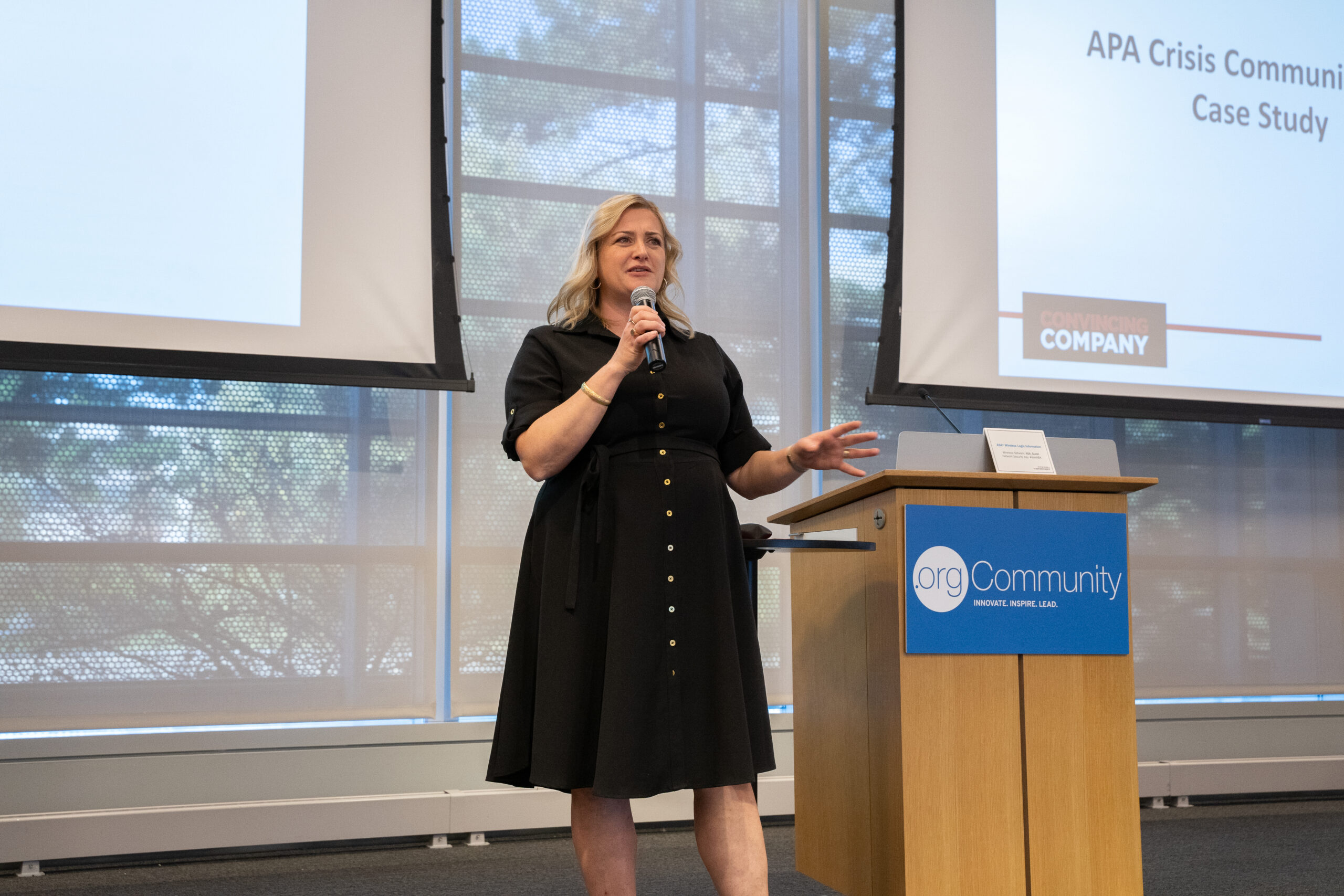
Chip and Adele offer this advice for upping your game and bringing a stubborn audience along on the journey.
- Use empathy to de-escalate emotions. The magic words are the last three things that were said to you in a heated moment. By repeating those concerns, you demonstrate that you are engaged with the issue and hearing the speaker’s needs.
- Listen actively. Pay attention to body position, tone of voice, facial expression, and cadence. What activates excitement? What diminishes interest? Take notes.
- Listen forensically. The notes are important because you’re going to use that information to analyze the conversation. On a blank sheet of paper, draw four quadrants labeled: Emotion, Body Positioning, Repeating Themes, and Voice, including pitch, tone, and cadence.
- Study the complete picture. When you put those four descriptions together, you will have a map of the communications landscape. Use this information to continue building empathy and enthusiasm for your perspective of the situation.
To give this advice real-life context, Harriet Bogdanowicz, Chief Strategy Officer at the American Planning Association, described how she worked with Adele and Chip to solve a membership challenge. Harriet noted that when emotions are high, empathy can be difficult. But when you exercise the self-control to listen actively and forensically, you can create positive outcomes.
Pull the Reins on AI
Artificial intelligence is fuel for digital initiatives. It’s amazing, it’s powerful, and it is also the Wild West. ChatGPT and the other generative AI bots were released to the world before we had an opportunity to consider the parameters for their safe and appropriate use.
Kimberly Pendo, a founding member of Chicago Law Partners, provided advice on how to avoid getting ambushed.
“AI raises a multitude of challenges, ethical considerations, societal questions, and legal issues regarding privacy, content, ownership, accuracy, and job displacement,” Kimberly noted. “People are worried that bias may be inherent in the algorithms. So, when we want to use these great tools to better our organizations, we must adopt guardrails.”
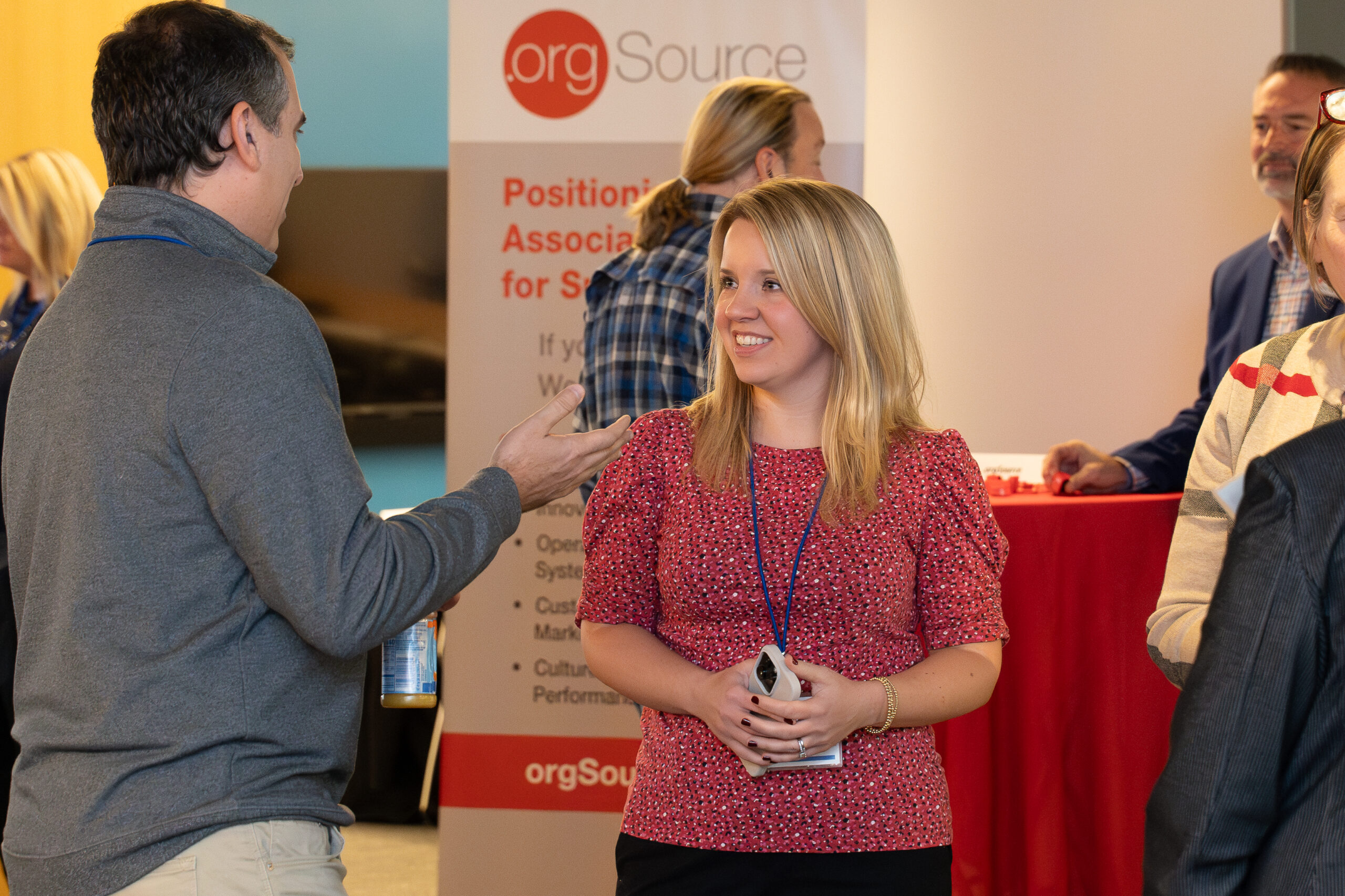
This is a topic of the moment. I could devote several posts to the information Kimberly reviewed on data provenance, privacy, security, intellectual property, ethics, and compliance. For now, I’m going to share what I consider her most critical advice.
Although workplace policies and procedures lag far behind usage. There are steps that you can take to foster responsible AI governance and accountability. First and foremost, do an internal assessment. Learn how your employees are currently using AI. Evaluate their tools and how they are interacting with them. What data is being accessed? Determine whether corrective action is needed.
Consider how you want to regulate usage. Some larger companies have decided that the possibility of a data breach or intellectual property infringement is too dangerous and have blocked access for their employees. This is not such a drastic move when you consider that what happens in ChatGPT stays in ChatGPT—FOREVER. Mistakes are pretty much irretrievable.
These are additional areas for exploration:
- What activities are safe to allow?
- What should be off-limits?
- What can or should your organization do with content that is created?
- Are content creators disclosing when and how they use AI?
- Do your contracts require such disclosure? You shouldn’t be paying contractors for work created by an AI.
- Are there PR/crisis control strategies in place to deal with errors, data breaches, or other types of mishaps?
These are just a few of the questions to be addressed. Generative AI is changing rapidly, and you may need to frequently adjust your approach. Don’t let that stop you from getting acquainted with this powerful technology.
Discover How Others Are Learning
After those caveats. Let’s talk about the positive side of AI. We wanted to take our own assessment of how people in the association community are using it. We invited this panel of users to help us out:
- Jennifer Pitts, Vice President, Products, Programs and Certification, National Association for
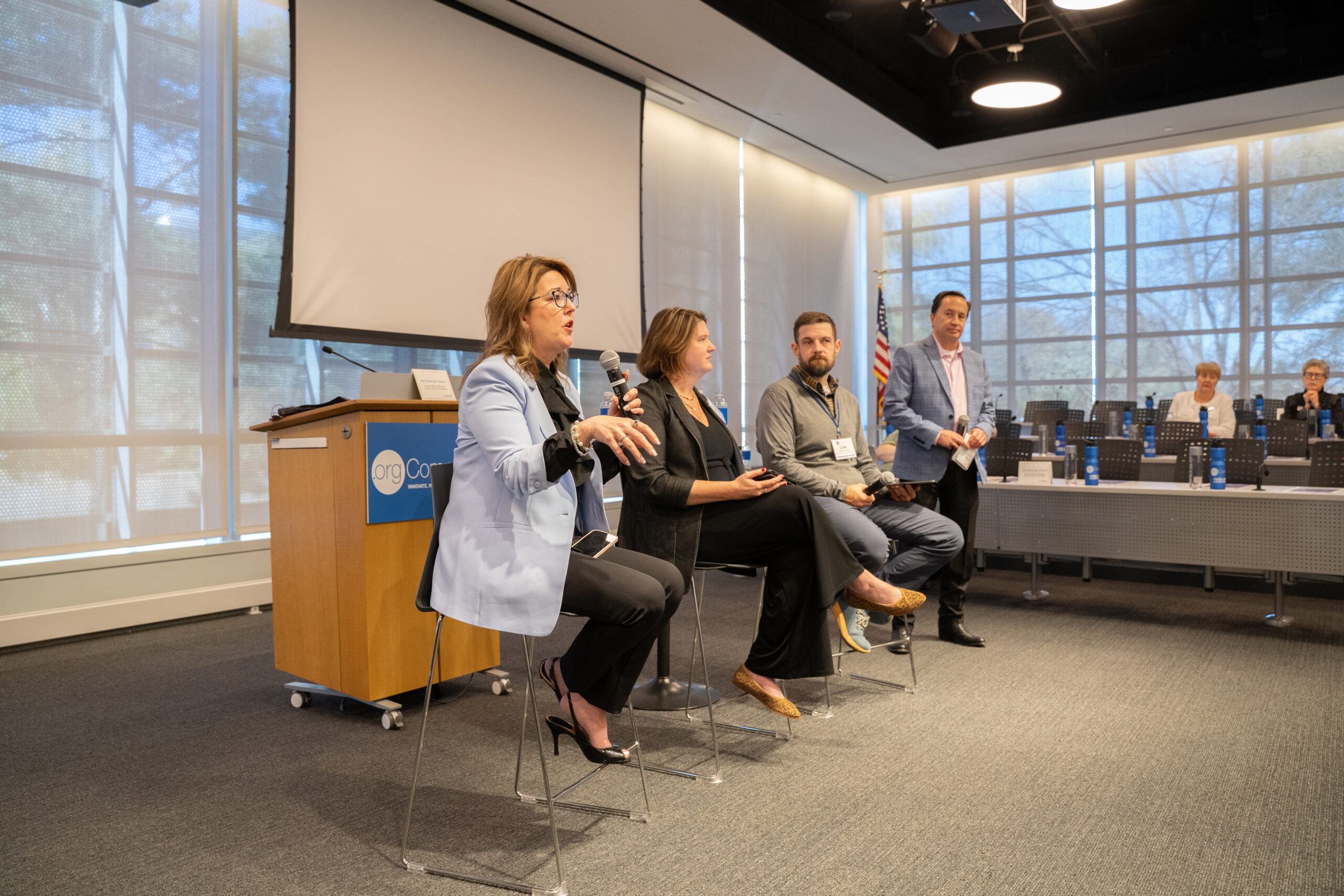
The panel–Luke Vidacovich, Jennifer Pitts, and me. (R to L) Healthcare Quality
- Luke Vidacovich, CISA, CISM, A CSPO, Director of Digital Strategy, the American Animal Hospital Association
- And myself, Sherry Budziak, Founder and CEO, .orgSource
This was a rich discussion that included a broad spectrum of advice and information. I can only scratch the surface today. But watch for a full post in the future.
Following are a few of the AI strategies panelists use to make their work easier.
- io. Luke uses Rasa to find and distribute scholarly articles for AAH’s membership. They are also using it to write abstracts.
- Jennifer uses Grammarly to ensure that her communications are letter-perfect. She has integrated the app into her phone.
- Microsoft 365’s autocorrect tool. Luke uses autocorrect to quickly complete sentences and write emails on the fly.
- ChatGPT. Everyone is experimenting with Chat. Here are a few examples:
- For all kinds of content production
- As an interface to a technical library
- To compose session descriptions
- To write SBARS (communication briefs that outline situation, background, assessment, and recommendations)
- For voice transitions on a podcast
- For translation
- ai and Fireflies.ai. I used Beautiful.ai to prepare my Solution Day slides. It cut my work time in half. I also use Fireflies.ai for taking notes and summarizing conversations.
If you’re interested in learning more about AI these are resources to explore:
- The AI Everyday Podcast
- The Intelligence Revolution newsletter on LinkedIn
- Big Data on LinkedIn
- The Marketing AI Institute
AI will introduce radical changes in association structure, operations, and even governance. There is trepidation about a host of issues. And, as Kimberly pointed out, caution is not unfounded.
However, many of us remember when the internet seemed like the wolf at employment’s door. And there were a myriad of fears around social media. Initially, we imagined that online education might decimate in-person learning. AI, like these and other digital innovations, is an algorithm in Industry 4.0’s complicated program.
.orgCommunity’s goal for our members, and for Solutions Day, is to give you the tools to crack that code and use it to create your next game-changing opportunity.
Watch for part two of the Solutions Day recap next week.
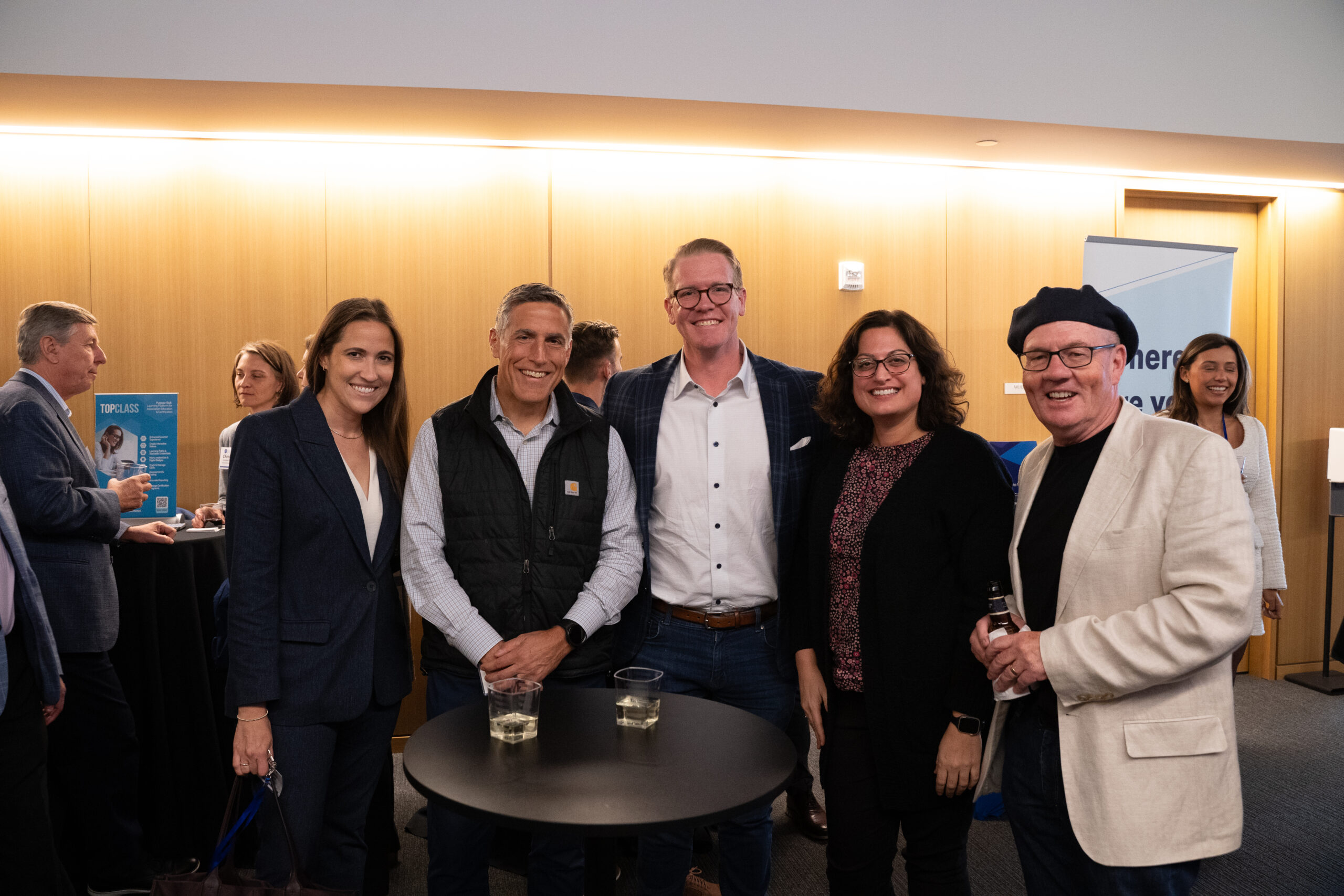
We hope you’ll join us next time!
